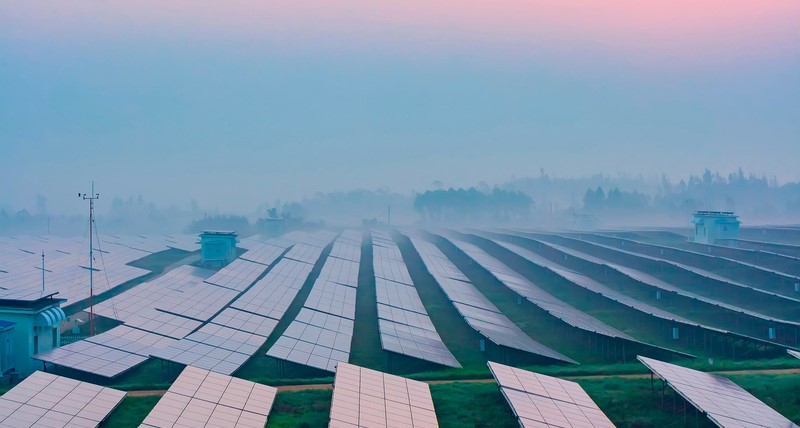Mold – a frequent result of construction defects and improper heating and ventilation. A problem that not only costs money and stress, but can also significantly affect the occupants’ physical health. Frequently it leads to diseases of the skin and the respiratory tract. Those with allergies are more susceptible.
Photo-credit: magann – Fotolia.com
Mold—a frequent result of construction defects and improper heating and ventilation. A problem that not only costs money and stress, but can also significantly affect the occupants’ physical health. Frequently it leads to diseases of the skin and the respiratory tract. Those with allergies are more susceptible.
How does mold start growing?
In addition to problems caused by the occupants themselves, the construction of the home may have already laid the foundations for mold to develop. More construction-related moisture often gets into the walls in homes built in the winter. This would not normally pose a problem if the new building is given enough time to dry. But because of today’s tight turnarounds on construction times, this isn’t always the case. Fungal spores are a constant presence in our air, albeit in a small concentrated amount. For these spores to grow into full-on mold requires three factors: moisture, warmth and food. Cellulose and wood, two key components in residential construction, form the food for the mold. Even with a relative humidity of just 70 percent, there’s the risk of mold forming.
What can be done about mold and high humidity?
If mold is already visible, an expert needs to be called in for advice. The expert will assess the situation and, if necessary, help prove the fault of the construction company. Using chemicals from the hardware store to remove the mold is not recommended, however, because they only provide a superficial removal and their aggressive vapors can damage your health. If you notice signs of high humidity, for example, wet fabrics in your rooms, you can test the actual level of humidity with a Lufft thermo-hygrometer.
What should be done during construction?
In order to avoid future damage, the temperature and the moisture content of the air should be checked on a regular basis. This can be done with Lufft’s handheld devices. They not only measure temperature or pressure, but also absolute humidity and is used for optimal climate monitoring and auditing in buildings. Lufft’s thermo-hygrometer are also used in museums and storage spaces and is perfectly suited for constant monitoring applications.



